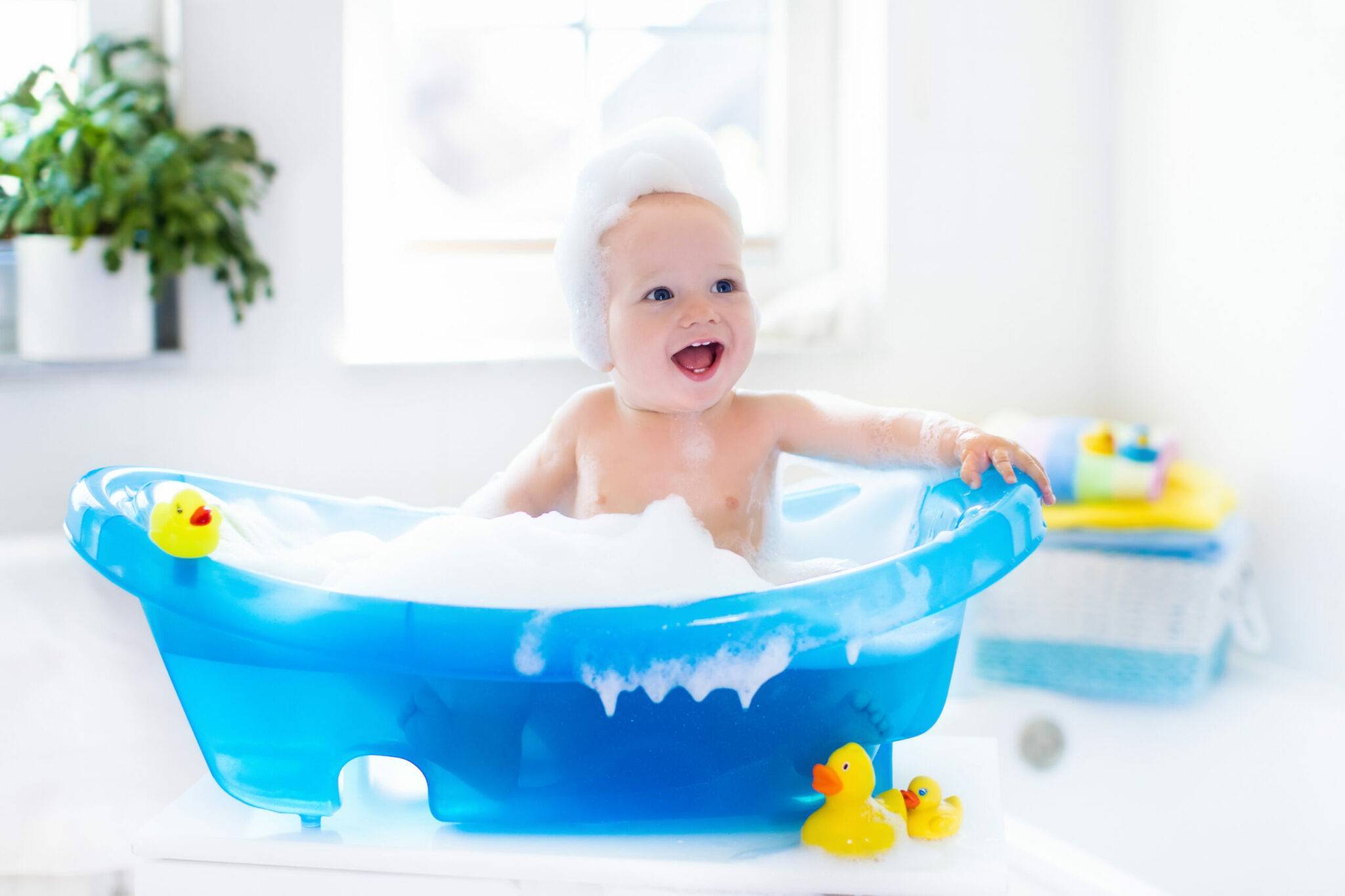As a new parent, any change to your baby’s behavior or appearance may be enough to send you into a spiral. So, if you wake up one day to notice that scaly, rough patches of skin have formed on your baby’s head or even other parts of their body, you might panic. But have no fear! It’s possible that these patches of rough skin are a sign of cradle cap, a harmless, painless and common (especially among newborns) skin condition that amounts to nothing more than an abnormal buildup of skin — just think of it as baby dandruff. So, what else do you need to know about cradle cap?
- What is cradle cap?
- What are the signs of cradle cap?
- What causes cradle cap?
- How is cradle cap diagnosed?
- How is cradle cap treated?
- How can I prevent cradle cap?
- When should I take my baby to the doctor?
What is cradle cap?
Cradle cap is the term used to describe a common skin condition that amounts to the build-up of scaly, rough patches of skin on a baby’s body, also known as infantile seborrheic dermatitis. These patches are often found on the stop of the head, which is where the condition gets its name (as in, the scales appear in the same place that a baby would wear a cap). However, these scaly patches can also show up on other parts of the baby’s body, like the face, diaper area, armpits, eyelids, or nose. The condition is not dangerous, and about 7 out of 10 babies develop cradle cap between two to six weeks after being born. However, it’s not impossible for babies up to 12 months old to experience cradle cap. It is not contagious, and although the skin can be flaky, you should not pick at or scratch it.
What are the signs of cradle cap?
The top sign of cradle cap is patches of thick, scaly, and/or roughly textured skin on your baby. These patches may look oily or dry, and they may be white or yellow in color. The skin may flake off and there may be some redness around the patches, but cradle cap is typically never painful and rarely itchy.
What causes cradle cap?
While doctors are not completely certain what causes cradle cap, they suspect that the condition may be caused by an overproduction of natural oil (sebum) in the baby’s oil-producing sebaceous glands (located throughout all areas of the skin), or a type of yeast that appears in the oils of the baby’s skin. In the case of oils, doctors speculate that hormones that pass from the mother to the baby before birth may cause these oil glands to produce too much oil. In either scenario, the skin cells that naturally fall off of your baby’s skin daily (this is true of your baby and of all humans!) instead stick to the skin and build up to the point of forming a crust. While it can be unsightly, cradle cap is harmless and is not the result of poor hygiene.
How is cradle cap diagnosed?
Most doctors can diagnose cradle cap on sight, as a result of its specific appearance.
How is cradle cap treated?
In many cases, cradle cap clears up at home, on its own, without any special treatment. In some cases, washing your baby’s scalp or skin with a mild shampoo or soap can help cradle cap clear up faster. If the condition persists, talk to your doctor. They may give you a special medicated lotion, shampoo, or other treatment to speed up the process.
How can I prevent cradle cap?
You may be able to prevent cradle cap by shampooing your baby’s scalp every few days, but there are no guarantees. Like dandruff, sometimes cradle cap just happens, and making it go away could require a new product, or it could just take time.
When should I take my baby to the doctor?
You should see a doctor if your baby’s skin condition is not going away with at-home treatment, gets worse, appears to be spreading to other areas of the skin, or appears to be causing your baby pain or discomfort.




